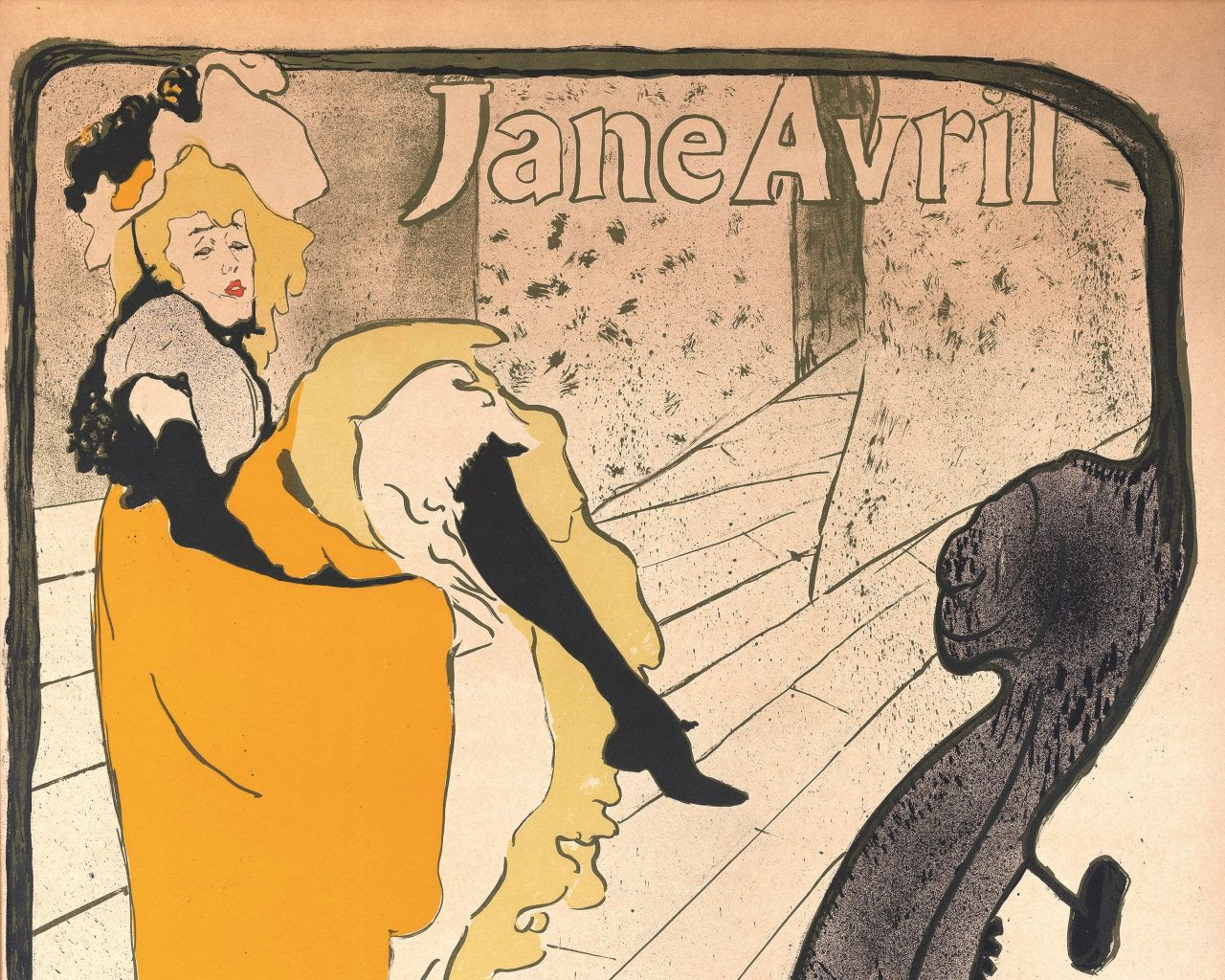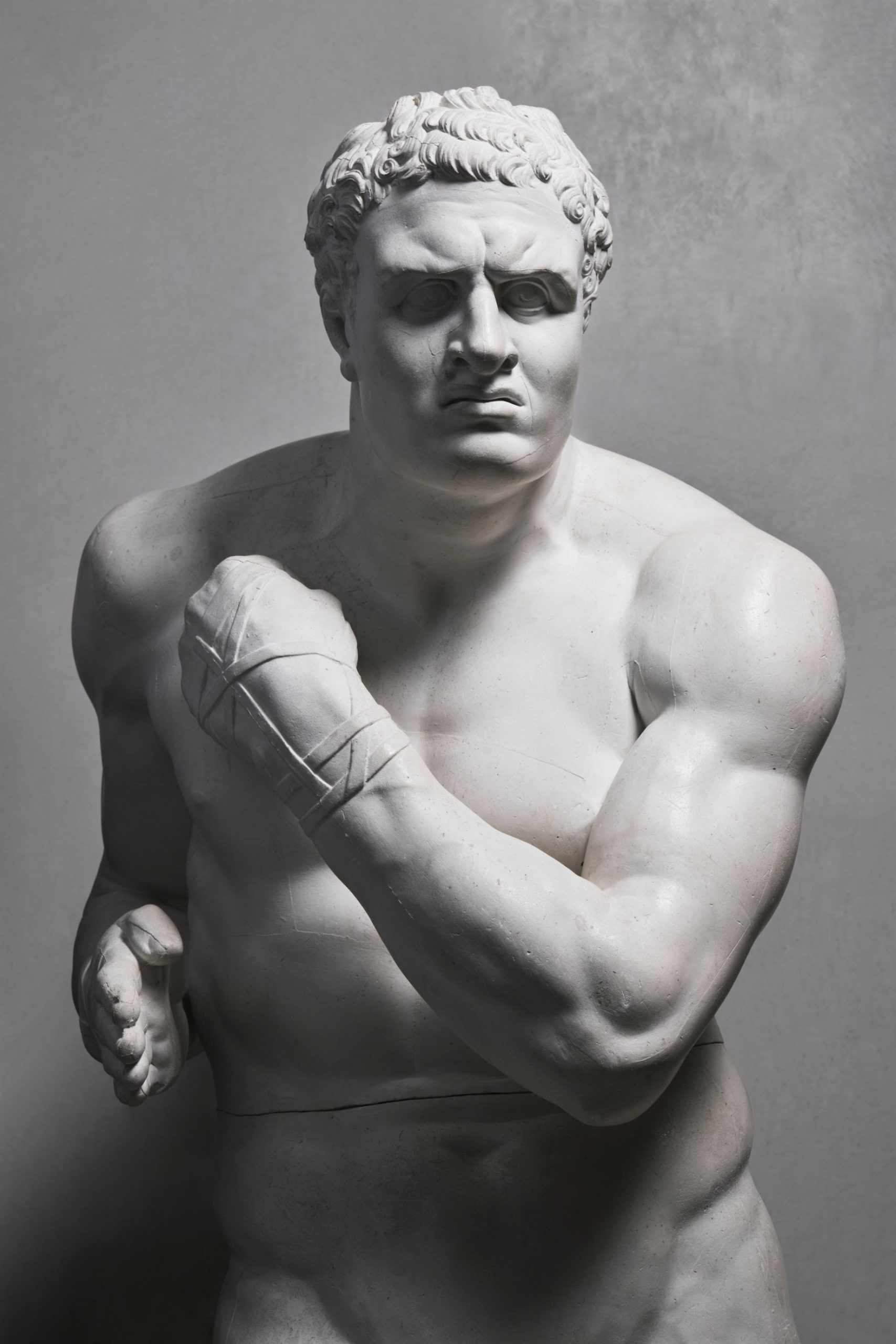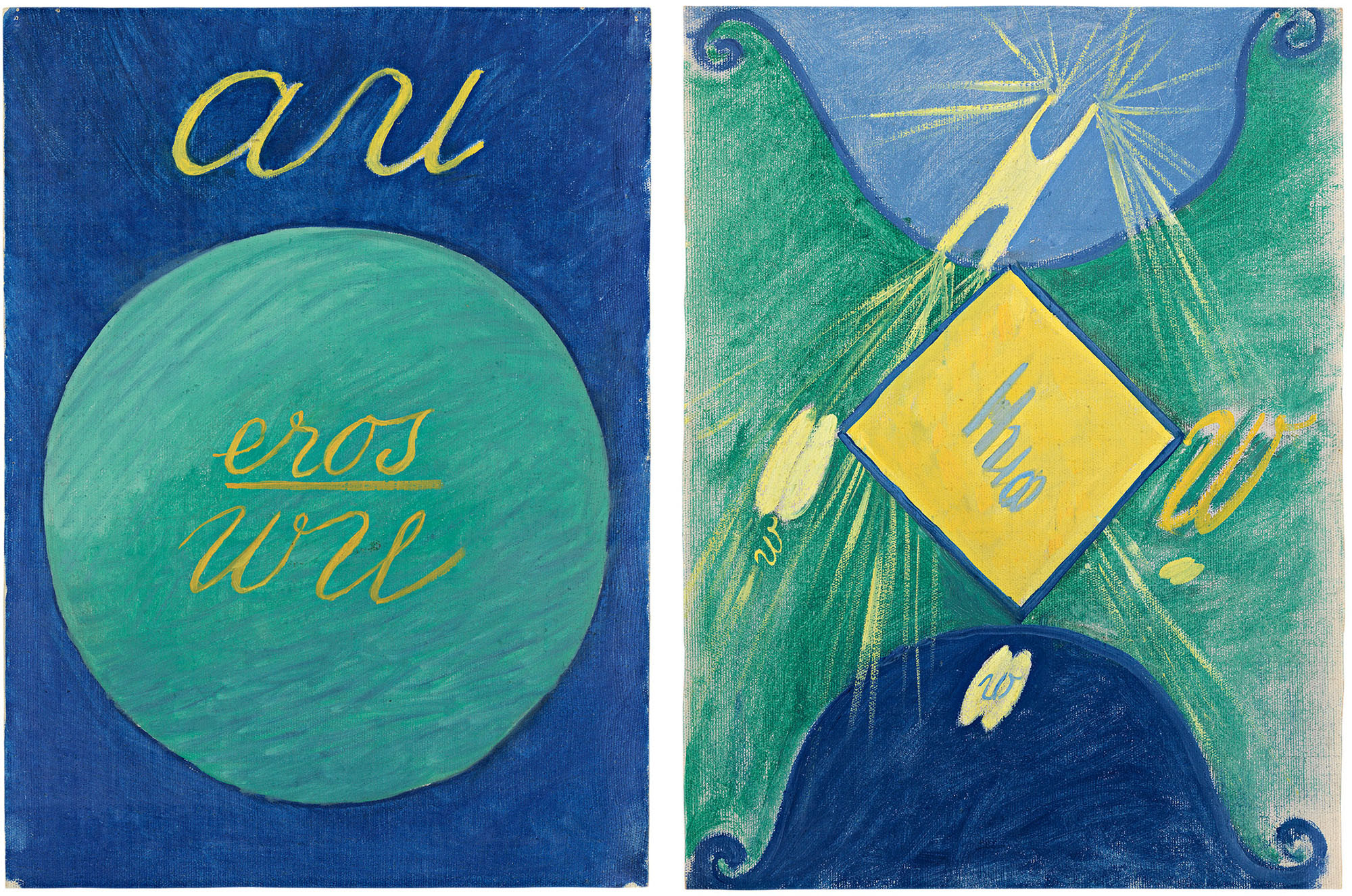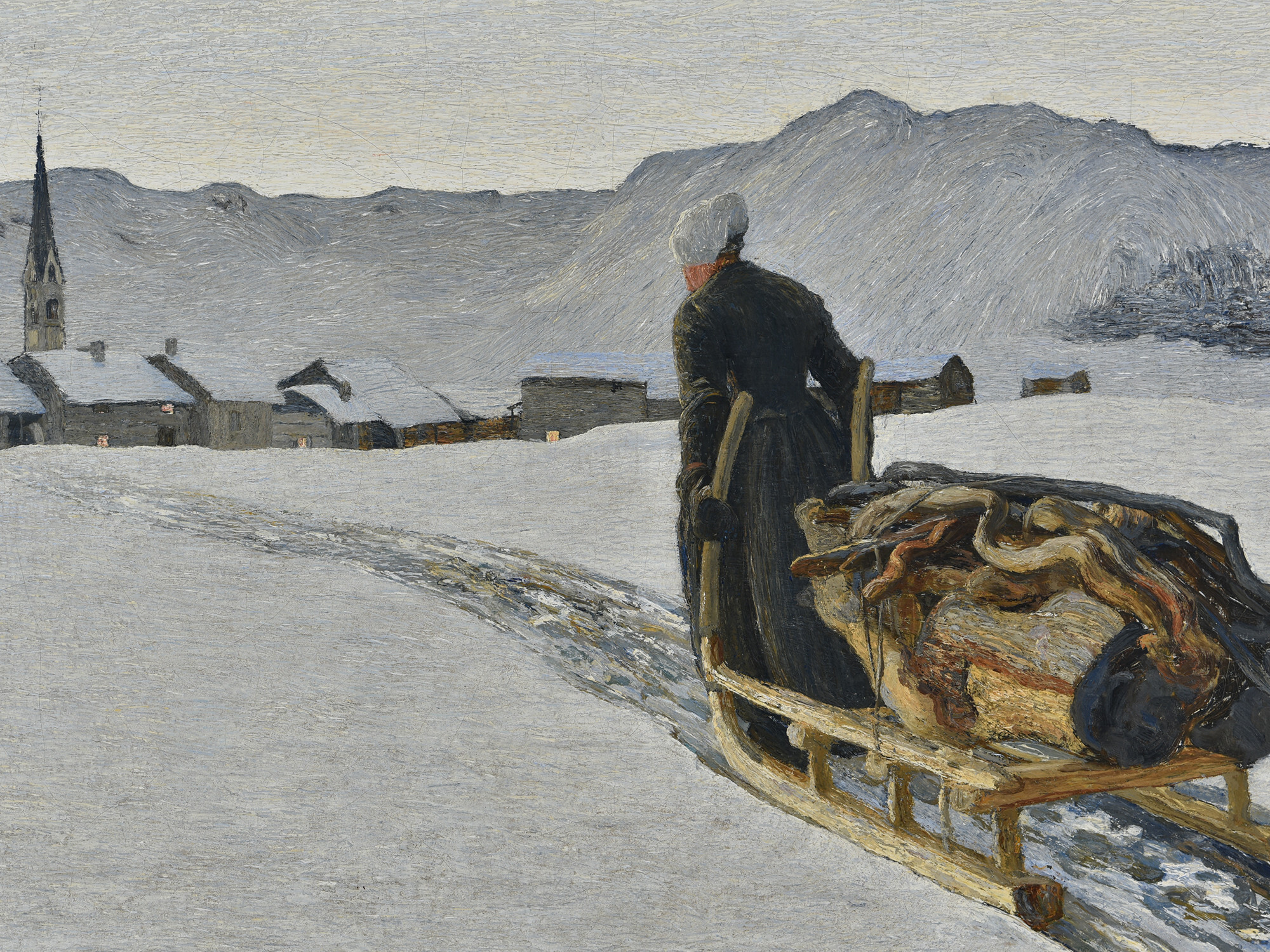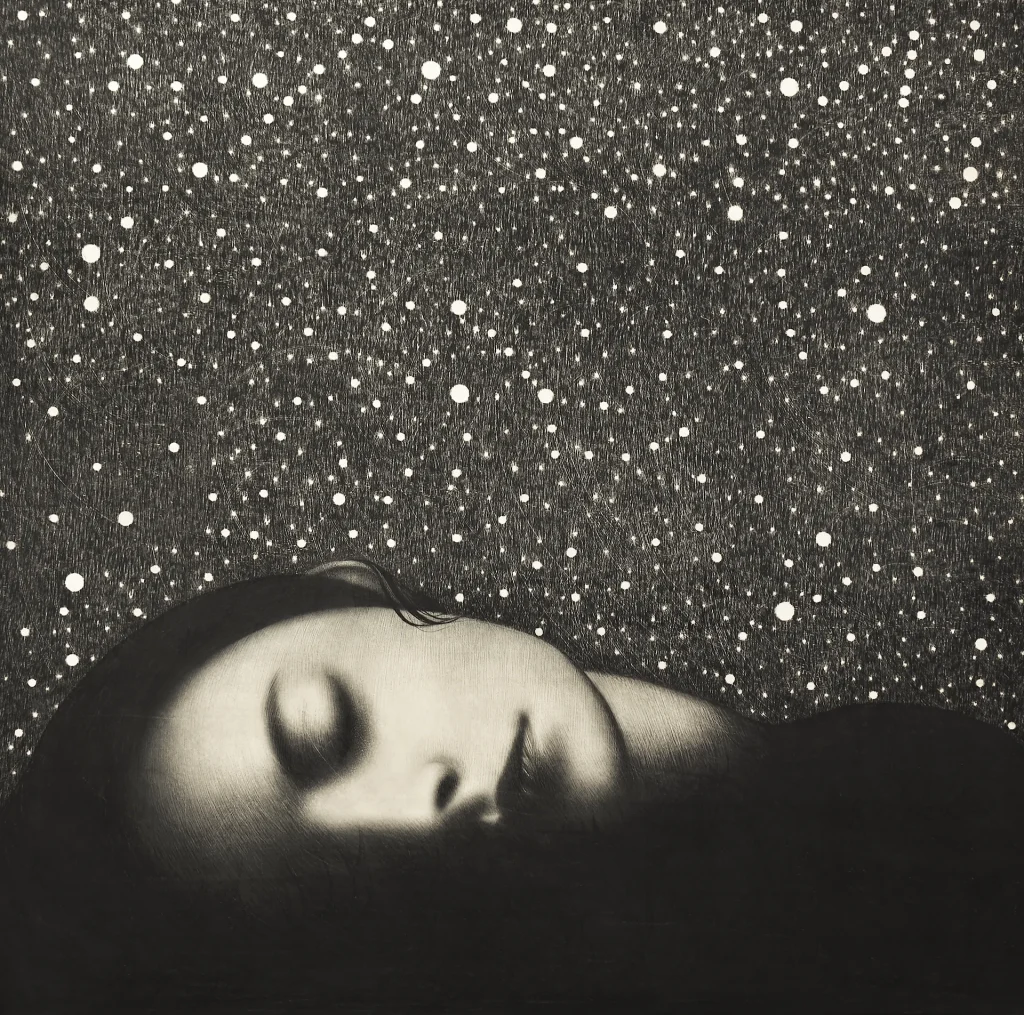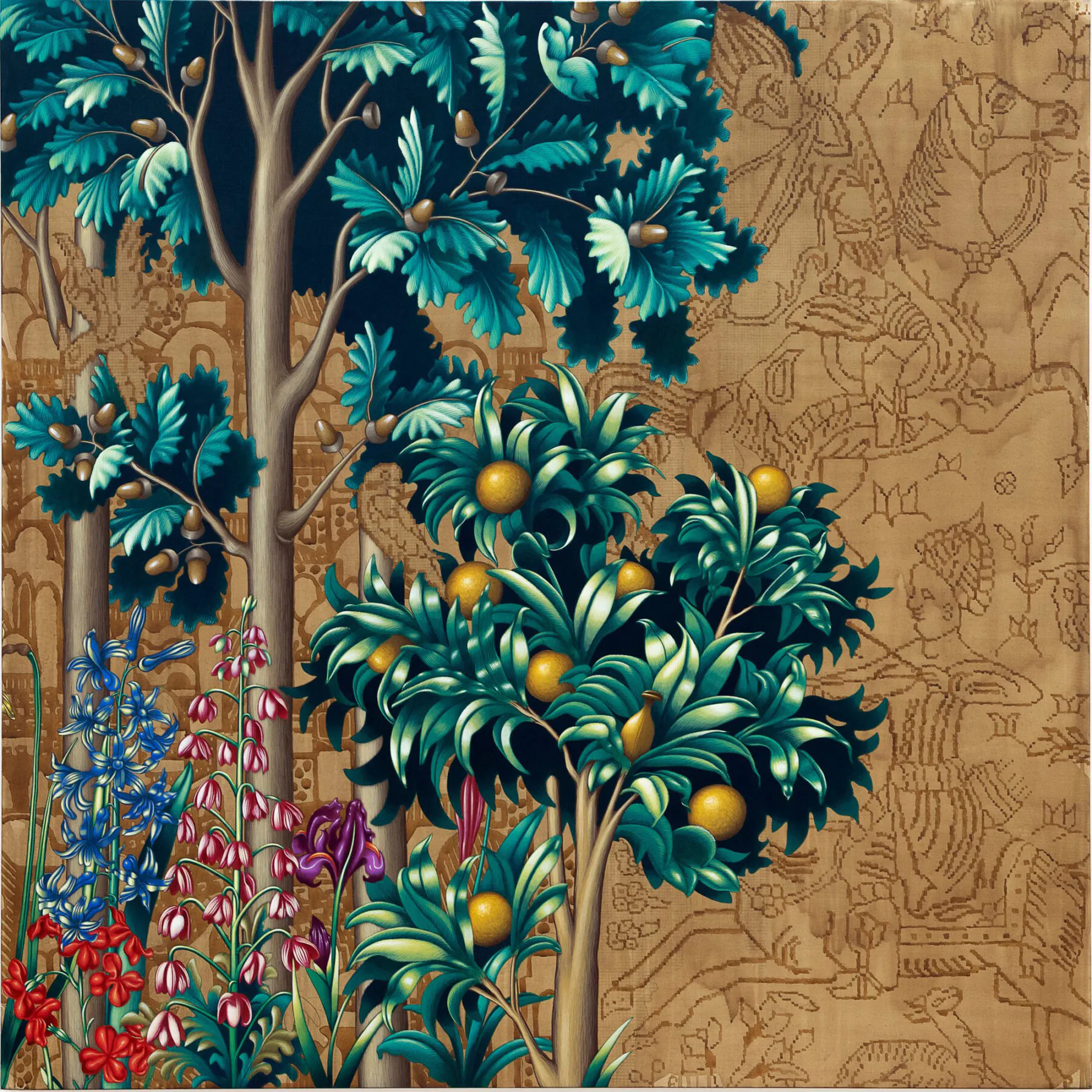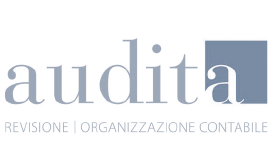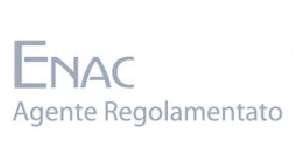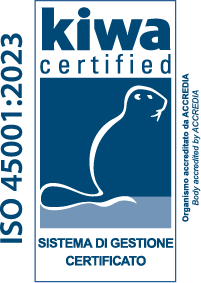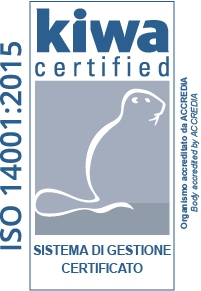MUSEUM OF THE INNOCENTS – FLORENCE
September 27, 2025 – February 22, 2026
The Museo degli Innocenti hosts a new temporary exhibition exploring the figure of one of the most emblematic artists of the Belle Époque: Henri de Toulouse-Lautrec.
Paris, late 19th century. It is an era of carefreeness and progress, of art invading the boulevards, of cafés frequented by painters, writers, and dancers, of the first electric lights and the birth of mass society. It is in this cultural ferment that Henri de Toulouse-Lautrec (1864–1901) was born and established, a unique figure in the European artistic panorama. A painter, illustrator, and graphic innovator, Lautrec captured the nightlife and bohemian spirit of Montmartre Paris with a profound and ironic gaze.
A frequent visitor to venues like the Moulin Rouge, Lautrec transformed the nightlife—comprised of shows, theaters, café-concerts, and marginal figures like prostitutes, dancers, and singers—into art. His advertising posters, created with an innovative lithographic technique, not only revolutionized the concept of promotional graphics, but also became true visual icons of the Belle Époque.
From September 27, 2025 all this will be the world of “Toulouse-Lautrec. A Journey through Paris of the Belle Époque”, the major exhibition at the Museo degli Innocenti in Florence.
Among the most famous works on display – an exceptional loan from the Wolfgang Krohn Collection in Hamburg – you can admire color lithographs (such as Jane Avril, 1893), advertising posters (such as Troupe de Mademoiselle Églantine from 1896 and Aristide Bruant in his cabaret of 1893), pencil and pen drawings, promotional graphics, and newspaper illustrations (such as in La Revue blanche of 1895) became emblems of an era inextricably linked to the images of the aristocratic Viscount Henri de Toulouse-Lautrec, some of which are from the Toulouse-Lautrec Museum in Alby.
To make the experience even more engaging, the exhibition also features works by other great protagonists of the Belle Époque and Art Nouveau. A true visual journey through elegance and innovation, featuring the seductive female figures of Alphonse Mucha, the vibrant and colorful posters of Jules Chéret – considered the pioneer of modern advertising – and the evocative atmospheres of Georges de Feure. The journey is completed by the refined works of Frédéric-Auguste Cazals, Paul Berthon, and other extraordinary artists who transformed graphic design into art. A unique opportunity to immerse yourself in the vibrant spirit of an era that made style and creativity its most recognizable signature.
Completing the exhibition is a rich array of photographs, videos, costumes, and period furnishings, transporting visitors on a multisensory journey through Paris between 1880 and 1900. A time when art, technology, freedom of expression, and new forms of entertainment laid the foundations of the modern world.
A Window on the Belle Époque
The exhibition is not only a tribute to Toulouse-Lautrec, but also an opportunity to explore the Belle Époque in all its facets: an era of contrasts, dreams, and cultural revolutions. While Europe was experiencing a period of relative peace and progress, Paris was becoming the capital of pleasure and the avant-garde, where architecture, painting, furniture, sculpture, and music were pervaded by references to nature, the plant world, and a new image of the female figure. Considered an international movement, it was based on a break with nineteenth-century eclecticism and historicism and represented the modern response to an increasingly industrialized society. Conceived as a total art, the Modern Style became Tiffany in the United States, Jugendstil in Germany, Sezession in Austria, Nieuwe Kunst in the Netherlands, Liberty in Italy, Modernism in Spain. It quickly established itself in England, the homeland of the movement’s major theorists, and came to be known as Art Nouveau in France. The exhibition rooms narrate this unique climate, intertwining art, society, and visual culture.
With Henri de Toulouse-Lautrec and the Belle Époque, Florence celebrates not only an extraordinary artist but also a unique historical moment, which continues to influence our aesthetic imagination today.
Under the patronage of the Municipality of Florence, the exhibition is produced and organized by Arthemisia, once again alongside the Museo degli Innocenti, in collaboration with Cristoforo, the Ernst Barlach Museumsgesellschaft Hamburg, and BridgeconsultingPro, and is curated by Dr. Jurgen Dopplestein with Gabriele Accornero, project manager of the Collection. The exhibition has as special partners Ricola, Mercato Centrale Firenze, Unicoop Firenze and La Rinascente, mobility partner Frecciarossa Treno Ufficiale, media partner CityNews, and educational partner LABA. The catalog is published by Moebius.

